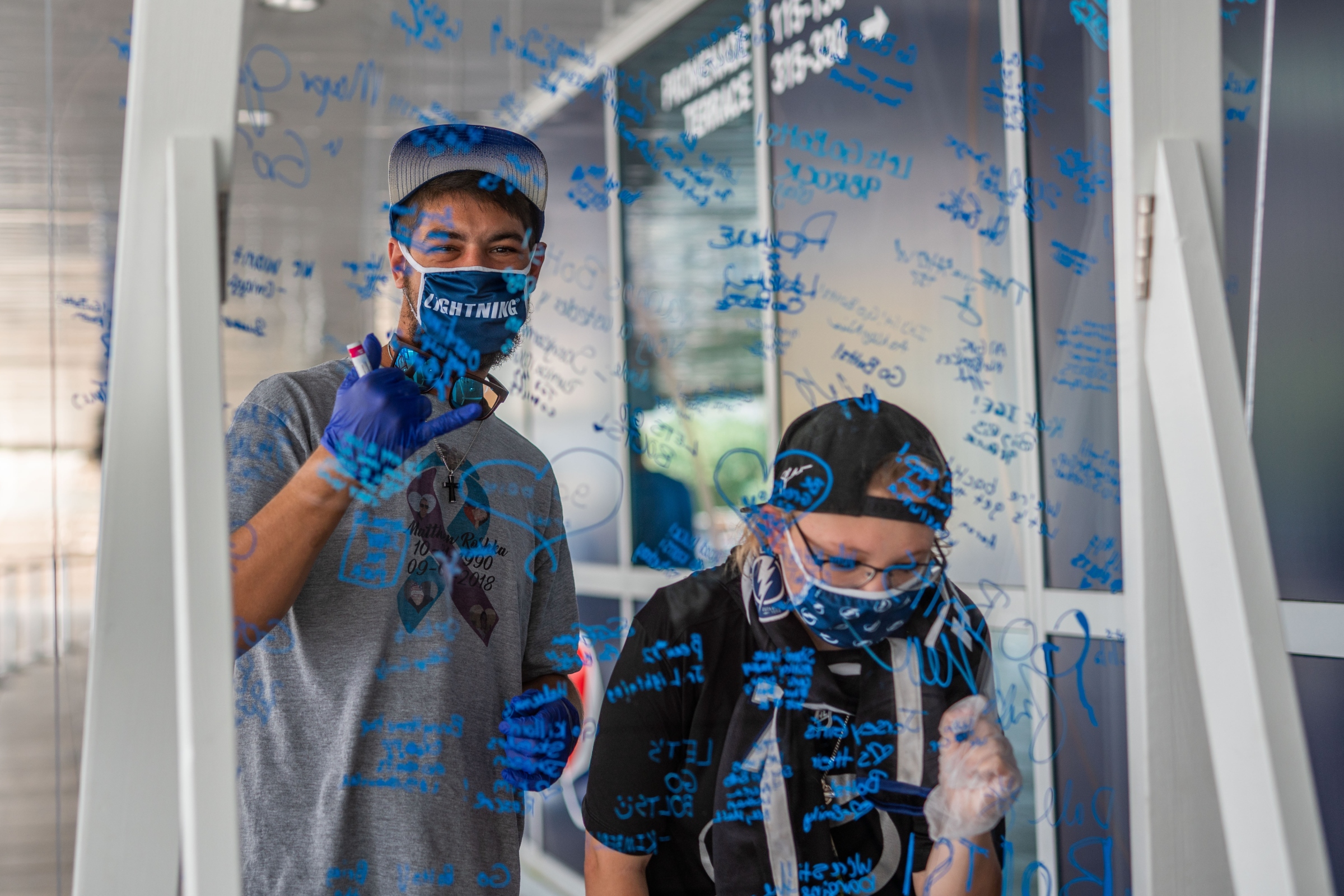In the beginning of the pandemic, around say early March, most of us didn’t quite know what to make of it. We heard stories and statistics from overseas but let’s be honest, it didn’t really sink in.
That was until March 11th. Because on that day something big happened. Something that finally made America stop and say “Wait, I think this thing is serious.”
First it was basketball. Next, hockey. Then one by one, the announcements came rolling in. Games called off. Seasons postponed. Sports was, to use the “it” term of 2020, cancelled.
A few confusing months ensued and then finally, a glimmer of hope. The various commissioners were all saying it so it had to be true. Sports was coming back! It heralded as way to provide a “sense of normalcy”. Of course, there would be nothing “normal” about it. New formats. Modified seasons. Bubbles. Hub cities. And perhaps the biggest abnormality of all: no fans.
But despite the fact that sports would look and feel quite different, it was back. And that’s what really mattered. Because America needs sports. Escape, camaraderie, something to watch after you’ve reached the end of Netflix – whatever the reason, we needed sports now more than ever.
But after the euphoria wore off, the reality set in. And pretty much every team in every major sport was facing a version of the same question.
If a goal/touchdown/three-pointer/homerun is scored in a forest and no one is around to see it, does it still matter?
Stay with me here.
Confusing existential questions aside, sports needed fans just as much as fans needed sports. So how do we make fans feel part of the game, when they weren’t allowed to be part of the game?
That was the challenge posed to our team at Dunn&Co by the Tampa Bay Lightning. Well, part of the challenge at least.
The Lightning were looking for a big idea that would get Bolts fans (aka the Thunder) engaged and excited about the 2020 Stanley Cup Playoffs, which just so happen to be taking place in another country, over a thousand miles away. And as community leaders during a pandemic, the Lightning also wanted an idea that would speak to the community here in Tampa, especially those on the front lines.
To find our solution, we looked at what was ownable to hockey. Baseball was going low-fi with cardboard cutouts. (Weird flex but ok.) Basketball was going hi-tech with digital screens. But hockey? Hockey had something none of the other sports did. Hockey had glass. A lot of glass.
And in case you hadn’t noticed, glass was having itself a moment in 2020. It was everywhere. Supermarkets. Banks. Restaurants. You name it. If you could go there, odds are there was glass in front of you.
So as part of “Be The Distant Thunder”, our campaign encouraging fan support from afar, we found a way to turn hockey glass into hockey fans. We pulled a huge piece of glass from the rink at Amalie Arena, invited fans to sign messages of support, then shipped it off with the team to Toronto to be installed for the playoffs – giving fans a physical presence at the games while letting the team see and feel the Thunder.
But that’s only half the story.
Before they left Tampa, the team also signed a piece of hockey glass – but theirs was to show support for front line workers here at home. That glass was cut to size then installed as a protective barrier in the emergency room at a local AdventHealth hospital.
Two pieces of glass. Each with their own powerful message.
Who would have thought that the very thing that separates us, could be used to bring us closer together?
Well, in a world where “normal” took the year off, it actually makes perfect sense.

